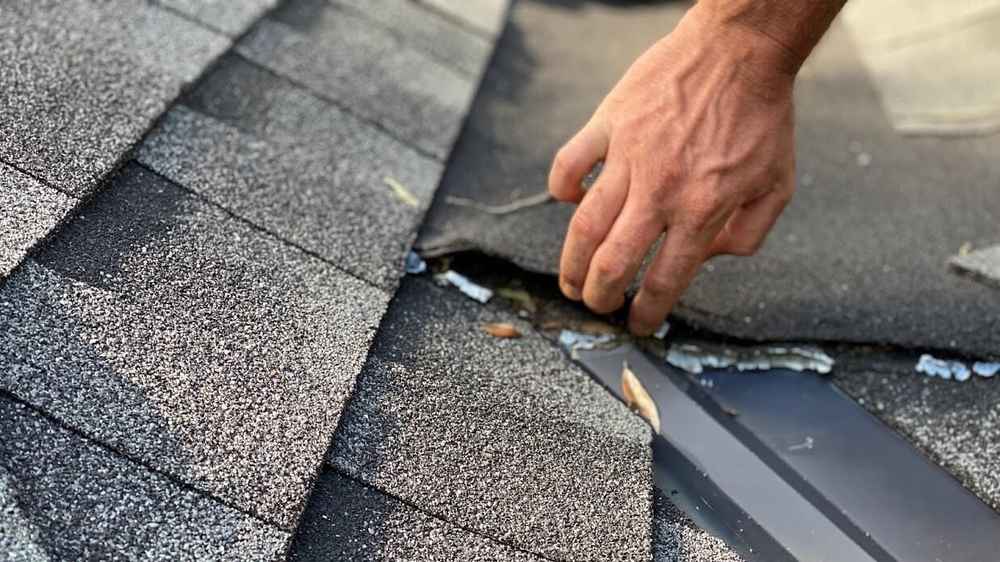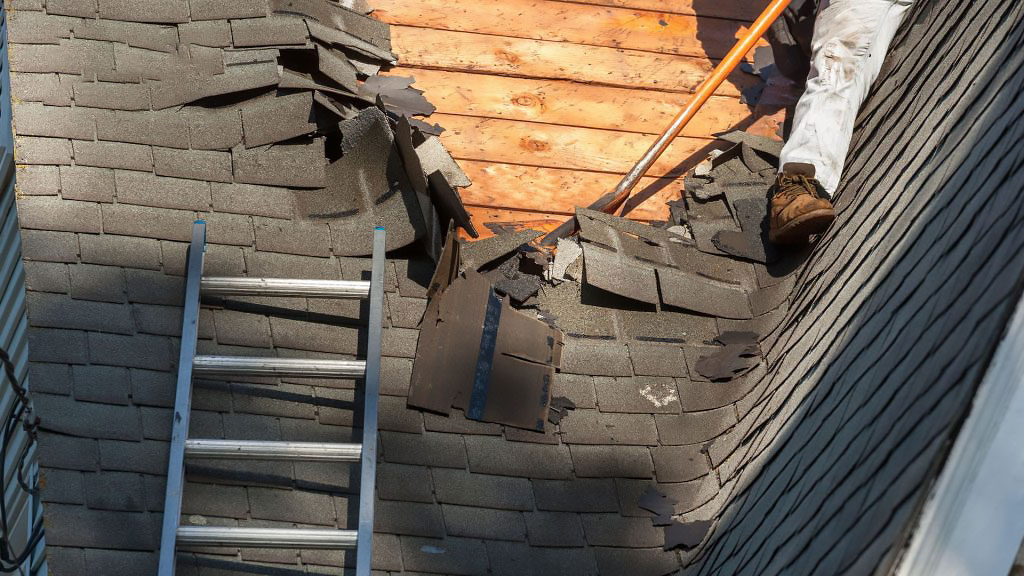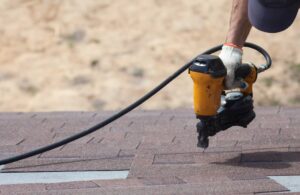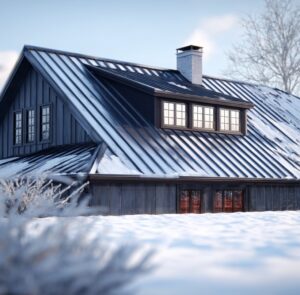Last August, the dark clouds rolled in quicker than expected—and half the neighborhood spent the evening scrambling outside, securing loose shutters and hoping their roofs would hold up. It got us thinking: is your roof really ready for what’s next? Thinking about hurricane proof roofing and storm prep for roofs now, while it’s quiet, can save you weeks or months of waiting—and thousands in repair costs—when the first gale hits.
In this guide, we’ll walk you through:
- A clear checklist to assess if your roof is hurricane-ready
- Why this matters in our region—weather patterns and code changes
- What you should do before storm season (permits, budget, materials)
- A detailed breakdown of reinforcements, materials, and installation standards
- FAQs addressing common local concerns
Get ready—Agape Roofing can help you prepare the smart way.

1. Why Roof Prep Matters in Alabama
Let’s start with why this even needs a checklist.
Hurricane proof roofing refers to reinforcing your entire roofing system—including shingles, underlayment, decking, fasteners, and vents—to handle wind uplift, debris, and water intrusion during extreme storms.
Here’s what makes it critical in Alabama:
- Storm exposure is real: Whether you’re near the coast or inland, we deal with hurricane-force wind events, hail, and tornadic updrafts.
- Building codes are evolving: Alabama continues aligning with IBHS Fortified Roof standards, requiring sealed decks, reinforced edges, and ring-shank nails.
- Insurance trends are shifting: Homeowners with Fortified roofs often get lower premiums—and faster claims processing when damage does occur.
And the data backs it up: After Hurricane Sally, Fortified homes in Mobile and Baldwin counties saw far less roof damage and lower insurance payouts than standard roofs.
So if your roof isn’t ready now, it could become your biggest liability later.
2. What to Prepare Before Storm-Proofing
Before diving into reinforcement, you’ll need to cover a few planning details:
- Budget — Typical re-roof costs apply, plus $700–$1,700 if you’re retrofitting to Fortified standards. Grants through Alabama’s Strengthen Alabama Homes (SAH) program can offset costs up to $10,000.
- Permits & contractors — Local codes vary, but most Alabama cities require permits and licensed professionals for any structural or roofing work. We handle this for you.
- Inspection & documentation — A roof inspection helps us assess fasteners, sheathing, flashing, and any potential water intrusion.
- Insurance — Fortified roofing can reduce your premium and strengthen claims. It’s worth checking with your carrier before upgrading.
- Timeline — Contractors get booked fast after the first storm watch. If you’re reading this before hurricane season, you’re already ahead.
Now that you know what to prep, let’s break down what hurricane-ready roofing actually looks like.
3. Hurricane-Ready Roof Checklist: What to Look For
Here’s your clear, step-by-step storm prep guide for roofing in Alabama.
Shingle & Decking Condition
- Replace cracked or missing shingles.
- Inspect for soft spots in the decking—these are structural red flags.
- Confirm the roof deck is sealed (either with tape or full peel-and-stick underlayment).
Fasteners Matter
- If your roof uses staples or smooth nails, it’s more vulnerable to uplift.
- Upgrading to ring-shank nails dramatically improves holding strength under wind stress.
Structural Reinforcements
- Install hurricane straps or clips that tie rafters to wall plates or foundation—reducing uplift risk.
- Add gable bracing to reinforce roof ends against lateral wind pressure.
Material Upgrades
- Choose Class 4 impact-resistant shingles, rated to handle hail and wind-borne debris.
- Install metal drip edge flashing around the perimeter to block wind-driven water intrusion.
Supporting Systems
- Clear gutters and downspouts—clogs lead to overflow and fascia damage.
- Trim back overhanging limbs to avoid debris impacts.
- Inspect attic ventilation—excess heat or moisture weakens underlayment.
- Take clear, date-stamped photos of your roof. They’ll be helpful if you ever need to file a claim.
4. Deep Dive: What Makes a Fortified Roof Different
Material Types & Best Practices
- Impact-resistant shingles reduce damage from hail and debris, with longer warranties.
- Sealed roof decks (taped seams or peel-and-stick barriers) help keep water out even if shingles blow off.
- Ring-shank nails offer better wind resistance and are required for Fortified compliance.
Warranties & Insurance Benefits
- Fortified upgrades often qualify you for premium discounts.
- A Fortified designation also makes storm claims more straightforward—insurers have a benchmark for damage resilience.
Energy Efficiency Bonus
- A sealed roof and better ventilation prevent heat buildup and moisture retention, which can lower your utility bills in peak Alabama summers.
Common Pitfalls (and How We Avoid Them)
- Skipped steps: Some contractors skip sealing the deck or use staples to cut corners. We don’t.
- Post-storm rush jobs: We encourage pre-season prep so your roofing system isn’t rushed during high-demand months.
- Unpermitted installs: We handle all permitting to keep your project above board—and insurable.
How Agape Roofing Helps
- We’re certified for GAF Systems and Fortified roofs.
- We use a clear 5-step process: Contact → Inspection + Evaluation → Installation → Clean-Up → Commitment.
- We walk you through every code and insurance detail, so you’re not left wondering.

5. Alabama Roofing FAQs
Is a Fortified roof really worth it?
Yes, a Fortified roof is worth the investment. Studies in Alabama show homes with these upgrades suffer less damage and see faster insurance payouts after storms.
Are ring-shank nails actually necessary?
Yes, ring-shank nails are necessary if you want your roof to resist hurricane-force winds. They provide significantly better uplift resistance than staples or smooth nails.
Can replacing just a few shingles help before a storm?
Replacing missing or cracked shingles helps prevent short-term leaks—but it doesn’t address wind uplift or deck sealing, which are crucial for storm readiness.
Will impact-rated shingles lower my insurance premium?
Yes. Many insurers offer discounts for homes using Class 4 shingles, especially when combined with a Fortified roof system.
Do I need a permit for hurricane-related upgrades?
Yes, most localities in Alabama require permits for roof reinforcement or retrofitting. Agape Roofing takes care of all necessary paperwork.
When should I start prepping for hurricane season?
The earlier, the better. Booking ahead allows time for inspections, scheduling, and weather delays—without last-minute stress.
Is this relevant even if I live inland?
Yes. Inland Alabama still experiences damaging wind and storm systems. A reinforced roof helps protect your home no matter where it’s located.
Storm Resilience Starts at the Top
Your roof is your home’s first defense against wind, water, and costly damage. Choosing hurricane proof roofing and following this storm prep for roofs checklist can save you time, money, and unnecessary stress—especially in Alabama’s unpredictable climate.
At Agape Roofing LLC, we’ve spent 25 years helping homeowners make smart, storm-ready decisions. From Fortified-certified installations to honest assessments and code-compliant upgrades, we give you more than a roof—we give you confidence.
Schedule your free inspection today. Let’s make sure your roof is ready before the next storm hits.



